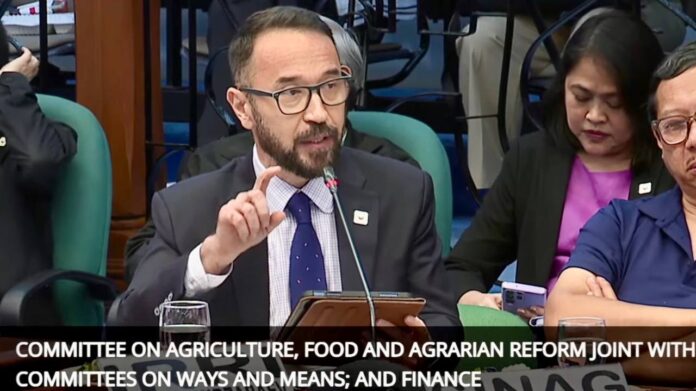The International Rice Research Institute (IRRI) anticipates further drops in global rice prices from the current range—equivalent to P18 to P20 per kilo, excluding tariffs. The institute points to a world market flooded with supply and aggressive pricing by major exporters as key drivers of the slide.
Testifying before the Senate Committee on Agriculture and Food, IRRI senior scientist Alisher Mirzabaev cited a record global production of 541 million metric tons, coupled with export countries trimming prices to protect their market share. “What we are seeing here is a really strong oversupply in the world market. As a result, key exporters are aggressively cutting their prices in order to maintain their market share,” he said. With a bumper harvest looming, IRRI now projects an additional 10 to 15 percent downside ahead, noting that current prices “have not yet reached the bottom.”
The ripple effect is already being felt domestically. According to the Philippine Statistics Authority, the farm-gate price of dry palay plunged 31 percent in early September—averaging P15.60 per kilo, down from P22.43 in the same period last year. In some locales, low-quality palay prices have dipped to as low as P8 per kilo.
Mirzabaev added that major rice exporters—India, Thailand, Vietnam—are introducing support measures such as floor pricing, subsidized loans, and other reliefs to shield farmers from falling global rates.
When tariffs are included, the landed cost of 5 percent imported broken rice is estimated at P24 per kilo. Given a 65 percent yield recovery, that implies a competitive dry-palay price of P15.60 per kilo. For irrigated farms, production costs themselves hover between P12 and P15 per kilo, not accounting for the extra costs of drying and spoilage on fresh palay..
-0-







